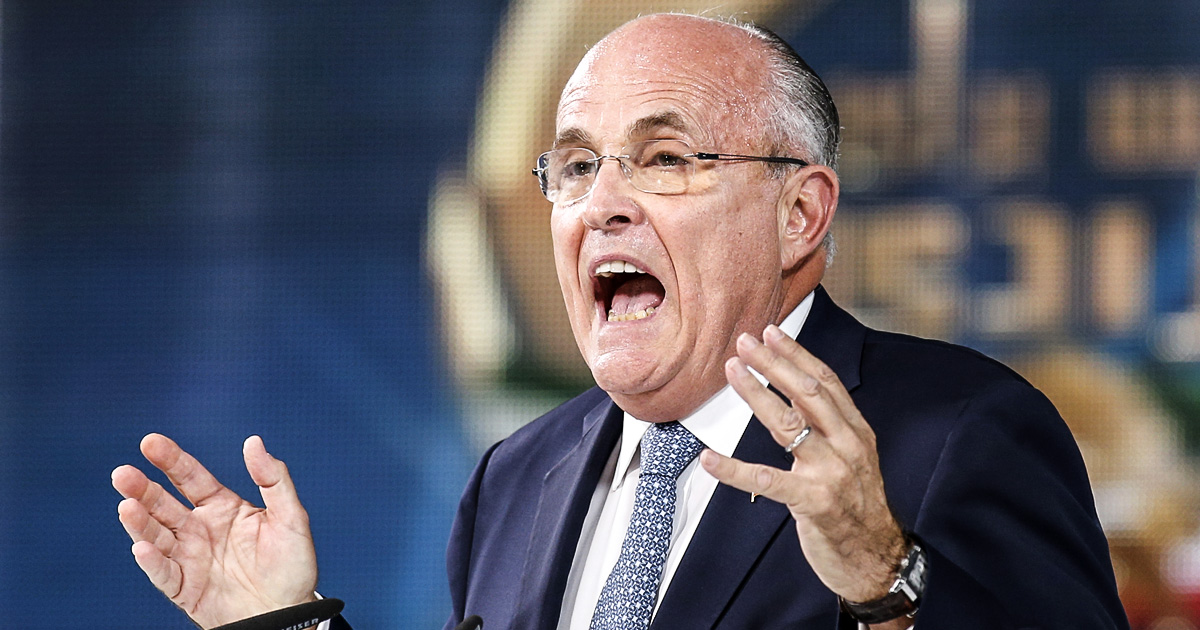Some universities are becoming more like businesses each year as they are focused on numbers, revenue, and efficiency more than education. They are lowering standards to pass more students through, selling research to big corporations, and cutting corners on labor costs by hiring less expensive part-time instructors.
Higher turnout at a lower cost is the hallmark of corporate America and it’s beginning to seep into our universities.
The Atlantic reported that universities in Nebraska and South Dakota have shaved the number of credits needed to graduate. Florida wants online courses to “forgo the usual higher-education accreditation process.” Some universities want to cut whole programs considered to be “low productive.” The University of North Carolina has proposed cutting history and political science programs and others want to drop physics and pull funding from humanities programs.
“We all want to have more students graduate and graduate in a more timely manner,” said American Association of University Professors Rudy Fichtenbaum. “The question is, do you do this by lowering your standards?”
The only way to accomplish these proposals is by lowering standards. Creating a more “efficient” university system would undermine the academic process and diminish the teacher/student relationship. With mass production, decrease in quality always naturally occurs.
The idea doesn’t sit well with many advocacy groups and professors, thinking that the state of higher education is already in dire straits.
“The idea that the system is working fine, and we just need to get students through more quickly, is false,” said Association of American Colleges and Universities vice president Debra Humphreys. Humphreys, and many like her, call this “efficiency” idea the “McDonaldization” of education. However, unlike McDonald’s, tuition continues to rise.
Since 2000, tuition at public universities has risen over 50 percent, the largest rise when compared to private universities, community colleges, and research universities. And since 1985, college tuition has risen a staggering 500 percent. Placed against tuition hikes, university efficiency would effectively cheat students by having them pay top-dollar for bottom-barrel education.
The tuition increase is due largely in part by decreased funding. From 2000 to 2010, funding decreased 21 percent per student and there was an overall decrease of 14.6 percent in 2008. Whereas some blame federal financial aid for increasing tuition, economists are convinced that the increase is due to decreasing state and local funding.
American higher education appears to have a grim landscape on the horizon. Only 56 percent of students graduate college within six years. Therefore, it’s absurd to think that a widespread curriculum waterdown would be beneficial to students and the university system.
Josh is a writer and researcher with Ring of Fire. Follow him on Twitter @dnJdeli.





